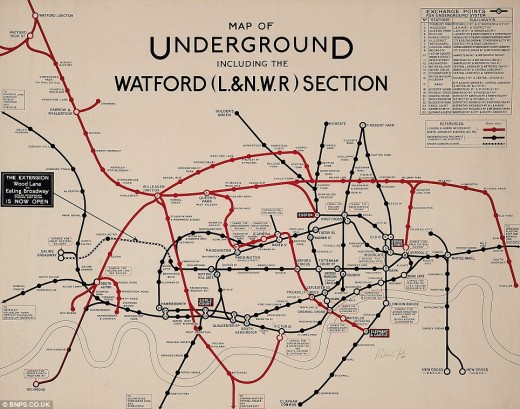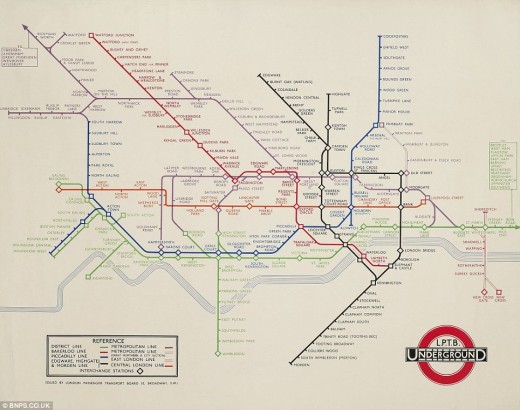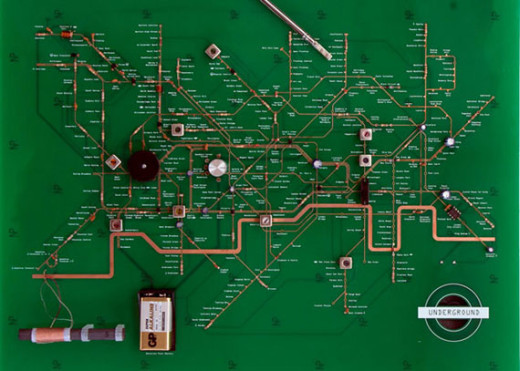The Schematic that Revolutionized London
London is known for its historic and very extensive underground tube. Londoners found that the original maps of the underground rail systems, though geographically accurate, were complicated and confusing. Understanding how to get around in the trains was not easy. Seeing this problem, an engineering draftsman named Harry Beck came up with a genius idea.

Beck knew that passengers only really needed to know three things: where they were getting on, their final destination, and when and if they needed to change lines. So, taking inspiration from an electrical schematic, Beck designed a new map of the train system. Instead of focusing on being geographically accurate, it focused only on the three things that the passengers needed to know.
Londoners could simply glance at the train system “schematic” and quickly identify everything they needed. By representing the stations as more or less equally spaced and the lines straight, Beck clarified a complex system to produce a simple and easy to follow diagram.

It was said that Becks ground-breaking design became nearly as famous as the city itself. Similar to what we represent in our schematic diagrams today, Beck represented the elements of the system using abstract, graphic symbols and direct connections rather than geographic accuracy. Geographically accurate information was not only more confusing, it was unnecessary for the passengers.

Inspired by Beck’s schematic of the London underground, Japanese designer Yuri Suzuki paid homage to Beck by creating a functional London underground circuit maps radio. Pretty cool, huh?
Fun fact: Beck actually created his map in his spare time, not on the job. His concept has since been emulated by subway, bus, transit, urban rail, and metro companies around the world. Thanks for reading! – John


